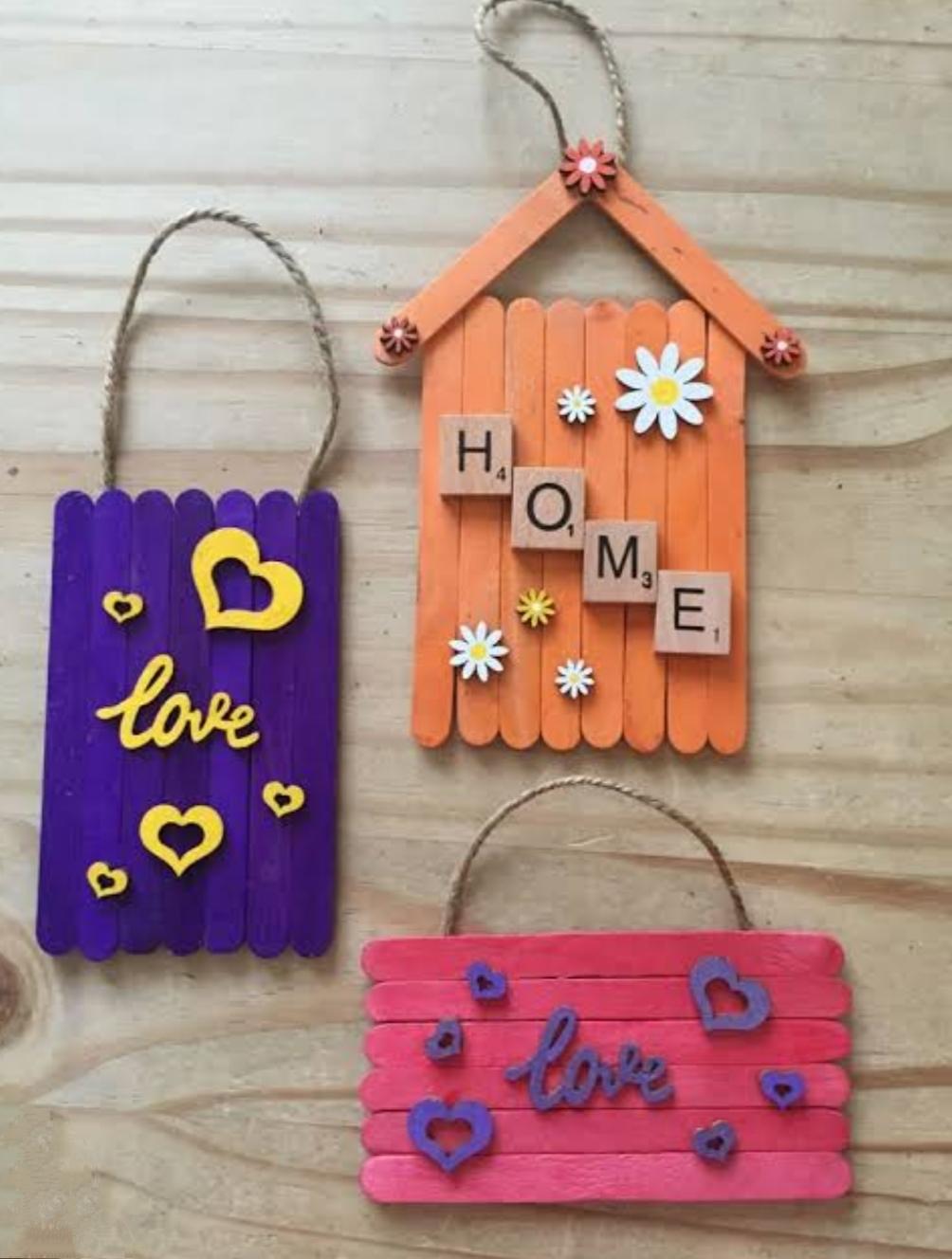Craft refers to the creation of objects by hand using skill, creativity, and traditional techniques. Unlike mass production, crafting emphasizes personal touch and uniqueness. It combines artistic expression with functional utility.
Types of Craft
Textile Crafts
Includes weaving, knitting, embroidery, and quilting.
Materials: yarn, fabric, threads.
Common products: clothes, rugs, wall hangings.
Paper Crafts
Origami, scrapbooking, paper mâché, card making.
Often used for decoration, gifts, and art.
Wood Crafts
Carving, woodturning, joinery.
Items: furniture, sculptures, toys.
Metal Crafts
Jewelry making, blacksmithing, engraving.
Requires precision and sometimes heat treatment.
Ceramic & Pottery
Molding clay into functional or artistic objects.
Fired in a kiln to create durable items.
Glass Crafts
Stained glass, glassblowing, etching.
Used in decorative windows, vases, and ornaments.
Importance of Craft
Cultural Heritage: Many crafts are tied to regional or ethnic traditions.
Economic Impact: Provides livelihoods through cottage industries and artisan markets.
Educational Value: Enhances fine motor skills, patience, and creativity.
Sustainability: Promotes reuse, recycling, and eco-friendly production.
Modern Trends in Craft
DIY Culture: Do-it-yourself movements have revived interest in crafts.
Online Platforms: Websites like Etsy allow crafters to sell globally.
Craft Therapy: Used in mental health for stress relief and self-expression.
Fusion Crafting: Mixing traditional techniques with modern design and technology.

